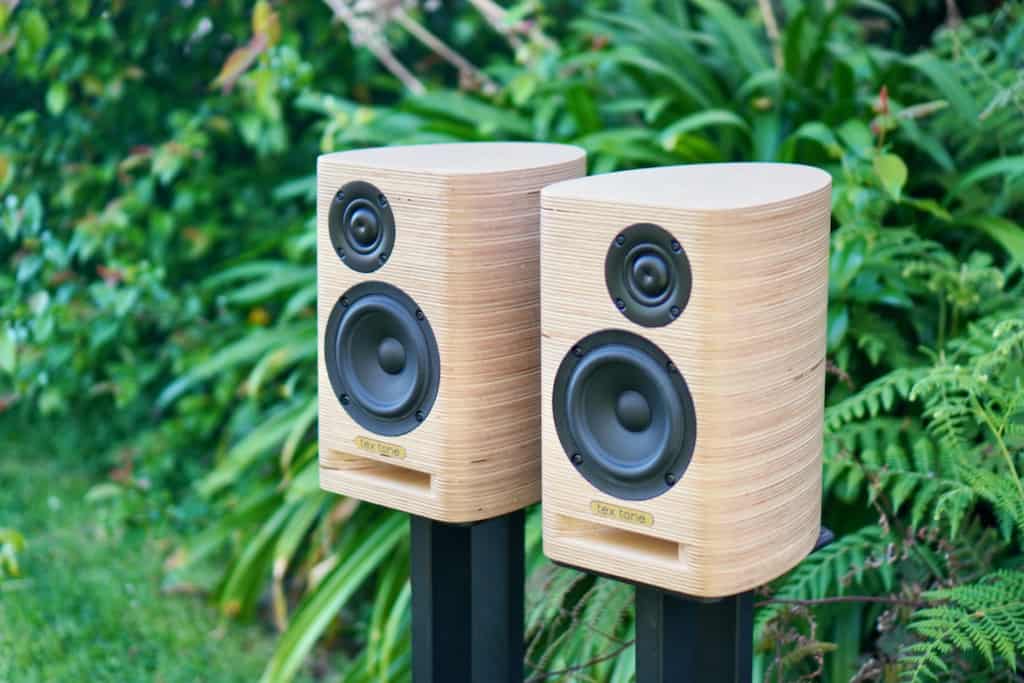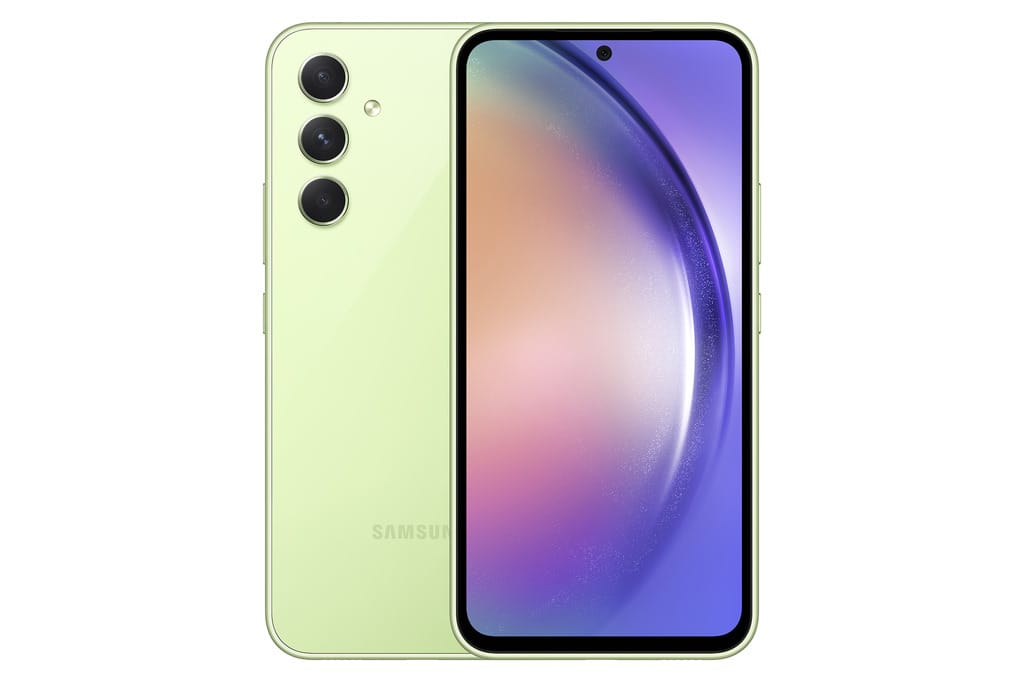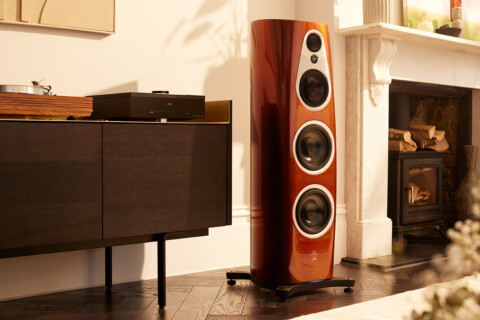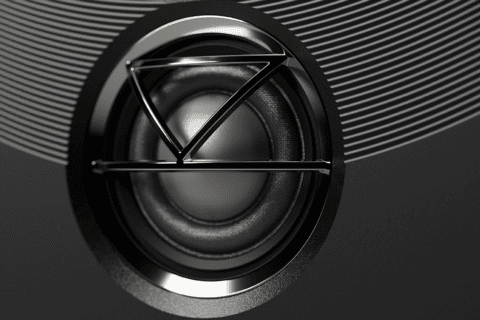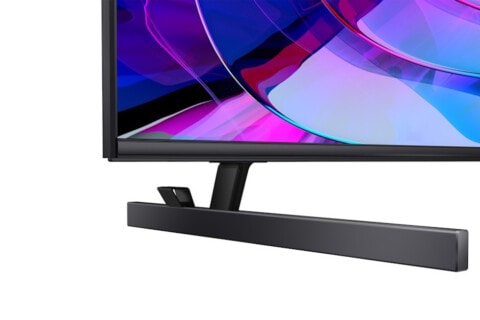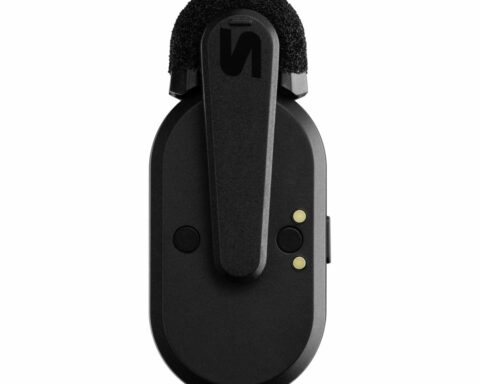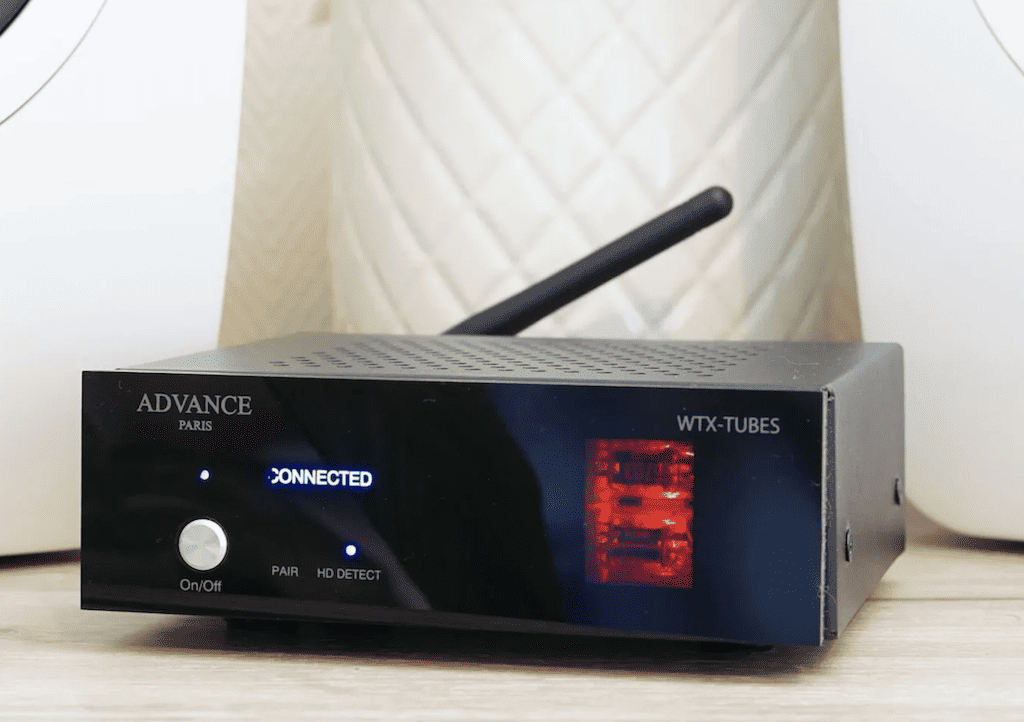Summary
Tex Tone Classic Mini Bookshelf Speakers REVIEW
Our audiophile expert ANDY BAKER soaks in the sonic vibrations emitting from Kiwi rock music icon Tex Houston’s new baby-sized speakers.
$2900
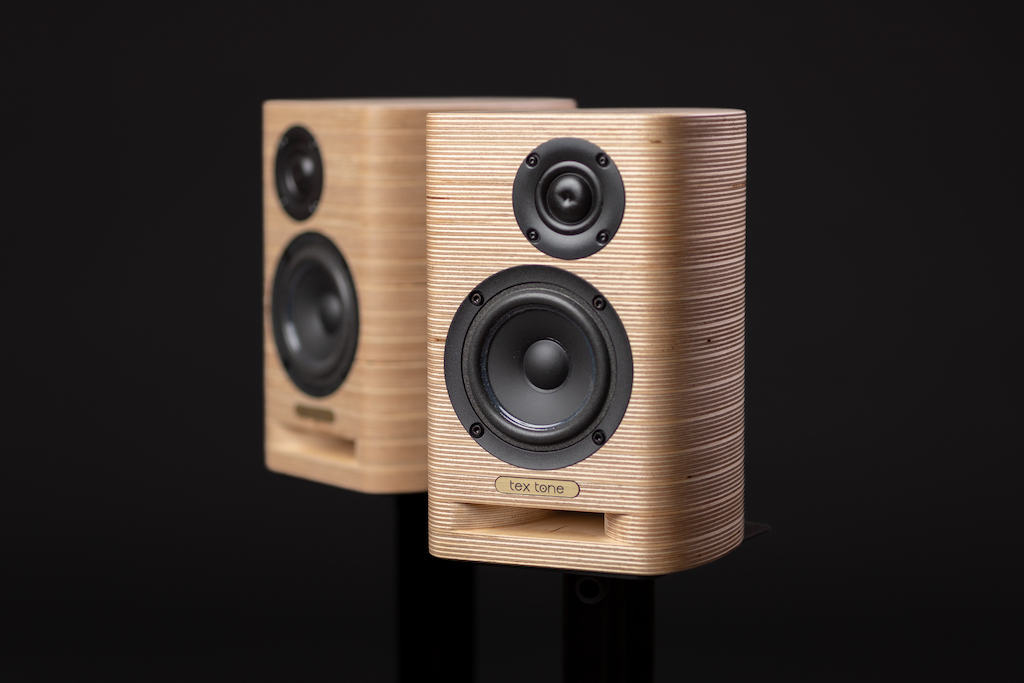
 The name Tex Houston appears on the back cover of many of my favourite – and often iconic – Kiwi-made albums dating back over the last few decades. Credited as producer and engineer, along with owning Fish Street Recording Studio in Dunedin, Tex worked with Flying Nun luminaries such as The 3Ds, The Clean, Dimmer, Straitjacket Fits, King Loser – the list goes on and it’s all the soundtrack to my youth. Hell, to my life.
The name Tex Houston appears on the back cover of many of my favourite – and often iconic – Kiwi-made albums dating back over the last few decades. Credited as producer and engineer, along with owning Fish Street Recording Studio in Dunedin, Tex worked with Flying Nun luminaries such as The 3Ds, The Clean, Dimmer, Straitjacket Fits, King Loser – the list goes on and it’s all the soundtrack to my youth. Hell, to my life.
Tex also toured with a lot of these bands as their live sound engineer. I must confess, reading that name as an impressionable young lad, my mind, perhaps unsurprisingly, conjured up images of some sort of mysterious Stetson-wearing type character, ingratiating himself into the New Zealand music scene with a Texan drawl and bundles of cash. But Tex, who counts musical legends such as Chris Knox and David Kilgour amongst his friends, hails from Dunedin and is in fact a true Kiwi gentleman. And a talented one at that.
Support Witchdoctor’s ongoing mission to bring a wealth of historic NZ music interviews, features and reviews to you this NZ Music Month (and all year round) as well as coverage of quality brand new, contemporary NZ music. Witchdoctor, entertainment for grownups. Your one-off (or monthly) $5 or $10 donation will support Witchdoctor.co.nz. and help us keep producing quality content. It’s really easy to donate, just click the ‘Become a supporter’ button below.
Besides his career in the studio, Tex is a lifelong audio enthusiast, having built his first pair of speakers as a teenager. After recording bands in the studio, he wanted to create speakers for home use that sounded as good as what he got to experience during his work time. He spent years experimenting with different driver types, crossovers and cabinet constructions before arriving at something he considered worthy of being produced and made available to the consumer. What he ended up with – besides the name Tex Tone – is a beautifully layered ply cabinet which he at first cut and constructed by hand, with the drivers and components sourced from overseas. Tex now has each layer CNC-machined locally but he still assembles each speaker by hand and on his own.
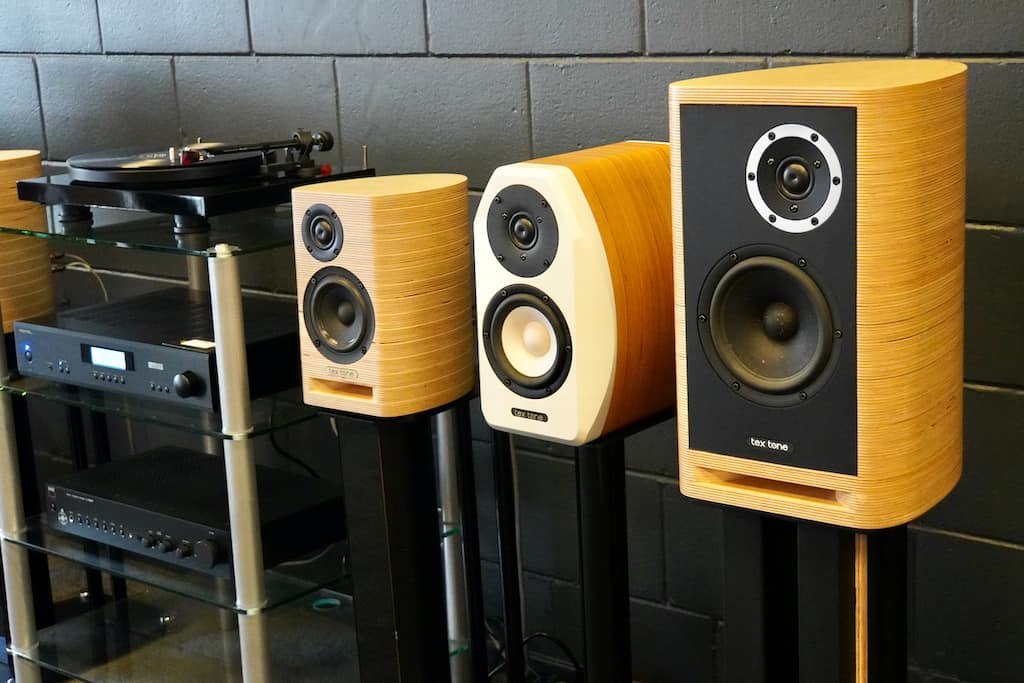 Tex came to my home to demo a couple of pairs of his speakers – the Classic and the Classic Mini – to see if I might be interested in reviewing them. The mid-sized Classics were up first and though it was a quick setup – no time really spent getting them optimally positioned – I was suitably impressed. I didn’t want to give too much away in front of their creator until I’d given them a thorough and lengthy testing in my own time, but when he swapped the Classics for their smaller Mini counterparts, I couldn’t help emitting a surprised “Wow!” Not that they sounded immediately better than the larger pair, I just hadn’t expected such a rich and punchy sound from such small speakers.
Tex came to my home to demo a couple of pairs of his speakers – the Classic and the Classic Mini – to see if I might be interested in reviewing them. The mid-sized Classics were up first and though it was a quick setup – no time really spent getting them optimally positioned – I was suitably impressed. I didn’t want to give too much away in front of their creator until I’d given them a thorough and lengthy testing in my own time, but when he swapped the Classics for their smaller Mini counterparts, I couldn’t help emitting a surprised “Wow!” Not that they sounded immediately better than the larger pair, I just hadn’t expected such a rich and punchy sound from such small speakers.
Tex didn’t have a spare pair of the Classics available for review at that time, but a week or so later, a lovely new pair of Classic Minis arrived at my front door and I couldn’t have been more thrilled.
Build and Features
The beautifully constructed layered ply cabinets are teardrop-shaped, curving gracefully from front to back. Each is 270mm x 220mm x 180mm (h x d x w) and features a 4-inch vented woofer with cast aluminium chassis and a 1-inch ring radiator tweeter. The tweeters have a neodymium motor and a little centred dimple which looks like a toddler has been employed to pre-poke them. The cabinets are front ported where the bass port is incorporated within the layering, splaying outward from the centre in a horn-like fashion. A single pair of binding posts can be found on the rear of each speaker.
“The tweeters have a neodymium motor and a little centred dimple which looks like a toddler has been employed to pre-poke them.”
According to Tex, the Classic Minis have a sensitivity rating of 86dB and frequency response of 55hz to 20kHz +/- 3dB. They are small enough to place on a bookshelf or on a media unit either side of a TV but I think these speakers deserve dedicated stands in order to realise their full potential.
I powered the Minis with a 140w Unison Research integrated, using Reference 3A floorstanders and PSB Passif 50 speakers (see review) for comparison. Sources were my Electrocompaniet ECD 2 DAC and my Wand 14/4 Turntable with Wand Master 12” Tonearm, EMT TSD15n cartridge and Wand EQ phono stage. The Tex Tone speakers looked right at home with the Wand gear, the layered ply design of both products matching nicely.
I placed the Minis on my old manky-looking but solid steel speaker stands and took my time, as is always necessary, to find the best position. For some reason, I had it in my head that these small speakers needed to be further out into the room than usual. Here they sounded good – clear and open – but the bass was bloomy and unfocused. I moved them back incrementally before finding the right spot for me and/or the room. I settled at a distance of 40cm from the wall to the rear of the cabinets (just over two feet to the speaker fronts) and facing straight ahead with no toe-in. Bear in mind my listening room is approximately 3m x 4m, so your mileage may vary, but I think that’s a good starting point.
“They convey all of music’s appeal with enthusiasm: rhythm, energy, timbre, colour, emotion, with a good amount of detail and intricacy.”
In their final position, the Minis sounded utterly delightful. The bloom was gone, clarity and focus increased and the stereo image was sharp and defined. Midrange had good body and tone without any colouration or boxiness from the cabinets and the treble was literally music to my ears. Those little tweeters displayed a similar finesse and clarity to those of the PSB Passif 50s but without going too sharp – interestingly, the PSB speakers’ frequency response is 50Hz to 20kHz although they have titanium dome tweeters. Vocals sounded clear and realistic and at normal listening levels, the Minis handled dynamics and transients adeptly. There was no feeling the bottom end through the floor or whamming you in the chest, yet bass certainly seemed punchier than that of the Passif 50s. By “punchy” I refer to the speed, tone, attack and natural decay of bass notes, around the mid-to-upper regions.
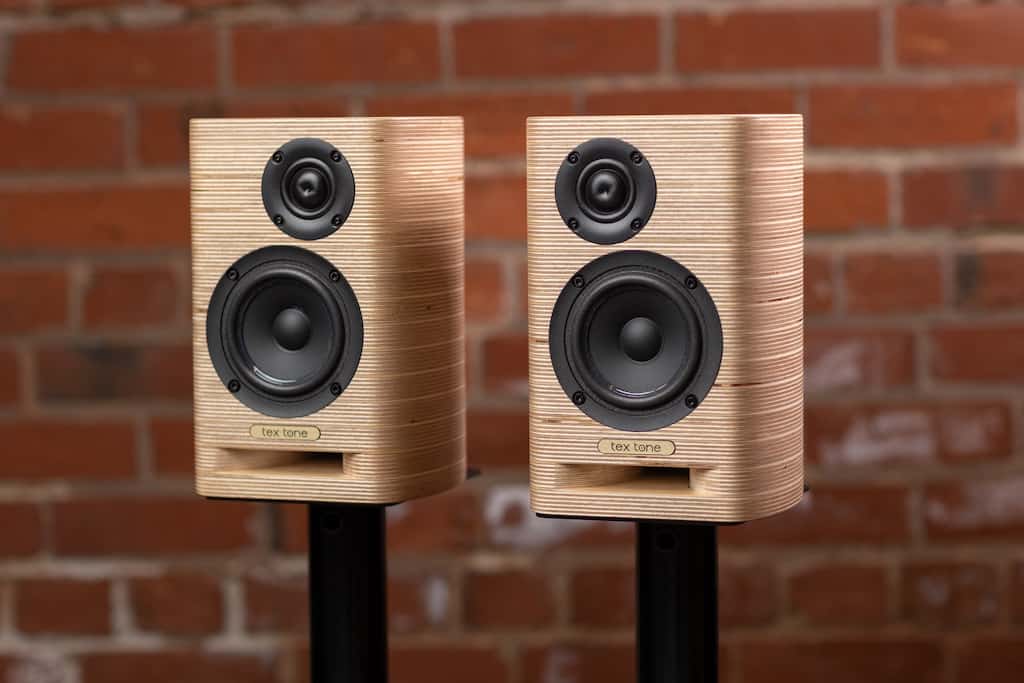 To my mind these are what I consider a fun-sounding speaker – in that they convey all of music’s appeal with enthusiasm: rhythm, energy, timbre, colour, emotion, with a good amount of detail and intricacy. (Yes, some might use the term musical, but I cannot condone such flagrant hi-fi law-breaking.) Sure, they don’t have the same clinical detail, scale, ease and force of a larger speaker, but they get their point across with refinement and gleeful energy. Don’t let the word ‘fun’ diminish their appeal in your audiophile brain because these really deserve to be heard – whether you’re a Flying Nun fanboy/girl or not.
To my mind these are what I consider a fun-sounding speaker – in that they convey all of music’s appeal with enthusiasm: rhythm, energy, timbre, colour, emotion, with a good amount of detail and intricacy. (Yes, some might use the term musical, but I cannot condone such flagrant hi-fi law-breaking.) Sure, they don’t have the same clinical detail, scale, ease and force of a larger speaker, but they get their point across with refinement and gleeful energy. Don’t let the word ‘fun’ diminish their appeal in your audiophile brain because these really deserve to be heard – whether you’re a Flying Nun fanboy/girl or not.
It may be of no surprise that first up on the platter was ‘War Pigs’ by Black Sabbath (Paranoid,1970, Warner Bros) and boy was I impressed. Not in terms of impact and low-frequency slam or room-filling presence, but the delivery was fast and energetic and the speakers went to decent volumes. Treble stayed well within tolerable levels even through the highest peaks of Ozzy’s howls and Tommy Iommi’s lead guitar strangulations. I had to turn the PSB Passif 50’s down when playing this track, because I found their treble too hot, but the volume stayed put with these little beauties. Bill Ward’s drumming sounded as fast and loose as ever – I didn’t feel that familiar WHAM of the kick drum of course but overall timbre and separation of the components of the kit were decent. I wouldn’t say the speakers gave the airiest of image separation here, and nor were the images especially life-size, but I certainly found it easy to distinguish the different elements. The vocal performance was top notch – springing forth clear and precise and remarkably natural sounding. Turning the volume up louder than was comfortable had me starting to fear for the speaker drivers as I sensed a bit of strain or distortion. You can listen loud, but you gotta be reasonable.
Next up was Wilco’s ‘At Least That’s What You Said’ (A Ghost Is Born, 2004, Nonesuch) which can be a little tricky to handle for some speakers. After the quiet guitar, piano and vocal intro, there’s a hefty dose of kick drum, bass, piano and guitars which, with the right speakers, can bomb the room and startle you back to reality if you’re caught dozing. It didn’t quite hit the same here, lacking the propulsive force needed to get the full impact, but by no means was it a disaster. The Minis plugged away enthusiastically with good instrument tone, tight imaging and a good-sized soundstage. Speed was no issue, even during the cacophonous frenzy of drum rolls, crashing cymbals with bass, piano and guitars all competing for attention, starting just after the 3.10-minute mark… though a subwoofer would be useful to take up the low-end slack.
The climactic closing bars of Slint’s portentous-feeling ‘Good Morning, Captain’ (Spiderland, 1991, Touch And Go Records) were a showcase of pure exhilaration. The transition from moderate and brooding with barely audible spoken vocals to heavy angular guitars, rapid drumming and the haunting, angsty cries of “I miss you!” was utterly cathartic, almost to the point of making one’s eyeballs involuntarily moisten. The Minis’ handling of micro and macro dynamics within the confines of their physical stature is quite impressive and they again showed an ability to communicate drums quite well – sure, not in terms of impact and scale, but their depiction of timbre and rhythm was consistently excellent with whatever I played.
I’d forgotten what a great record is Courtney Barnett’s Sometimes I Sit And Think, And Sometimes I Just Sit (2015, Milk! Records). Great lyrics aside, it’s a good recording and the Minis nicely conveyed Barnett’s vocals clearly and with decent presence. Stereo image width was good as was instrument separation. The guitar solo on ‘Small Poppies’ was wild and exhilarating – I felt like the speakers enjoyed delivering the performance as much as I enjoyed listening to it. The Passif 50s and Ref 3As provided bigger scale and presence, ease and in-depth imaging but for their size and price, I can’t complain about what the Minis have to offer. And while I think of it, the Minis did seem to present a slightly wider soundstage than the Ref 3As – just a bit, but it was noticeable when I swapped back and forth.
Recently, whilst idly perusing YouTube and slurping coffee, I discovered an album by the Brendan Eder Ensemble called Cape Cod Cottage (2021, Jazz Dad Records), which, on the surface, is one of those inoffensive easy-listening background jazz recordings that occasionally makes you sit up and go “Yeah, that sounds good!” It’s a delicate blend of double bass, drums, saxophone and keys that does get you drifting off in a rather pleasant manner, evoking images of a cottage by the sea in the 1970s. It is also what we might call an “Audiophile Recording” and can be found on Tidal and, I believe, is available on vinyl and Bandcamp. Timbres were reproduced nicely, there was a good sense of rhythm, and images were decently sharp and clear. Snare and cymbals sounded crisp and airy, saxophone bright and colourful and the plucked bass strings had good body and warmth. On the track ‘West Coast’, there’s some kind of bell that trails off into the distance when struck. It didn’t appear to trail off and decay as far with the Minis but it was nothing to lose points over. I definitely got a hint of the delicacy and that magical sort of omnipresence you get with good top-of-the-line speakers, where the music and individual performers seem to inexplicably exist.
So, the Minis are great little rockers (and jazzers) but nearly everything I played through them managed to sound pleasing, even at comfortably loud volume levels. (Comfortably loud: too loud to hold a normal conversation, not loud enough to strain a relationship.) There were certainly limitations with regards to scale and bass slam, but nothing really made me dive for the remote. I was pleased to discover that, despite being bass-heavy, EDM and Dub Techno music were delivered with satisfying energy and pace. The treble was crisp and clear for all those little synthesised sounds and effects, the midrange was rich and involving and the available bottom end had good control and speed.
On Diafan (2021, Ada Kaleh Romania) by Ada Kaleh, upper bass was punchy and engaging. Little electronic blips and effects projected into the room – not as dramatically as the other speakers, but nonetheless to an enjoyable degree. Images and micro details weren’t as starkly clear but the Minis made up for that with their lively and involving delivery. There was a decent 3-dimensional plane – wide and fairly deep – and a good degree of body. Yosi Horikawa’s track ‘Bubbles’ from the album Wandering (2012, First Word Records) impressed me with all those bouncing and rolling balls giving their familiar “mind tickling” effect, right across a pretty decent soundstage. Not quite in the sharply revealed or holographic manner to which I’m accustomed, but it was no less captivating. The obligatory EDM low-end rib-rattling thump wasn’t quite there with either track, but tone and clarity were good and you at least get the impression of sub-bass existing.
https://www.youtube.com/watch?v=wA5m3Frs8Uw
I consider the Classic Minis to be sunny and cheerful-sounding speakers, and eager to please. One downside to this is that, to my ears, records like Joy Division’s Unknown Pleasures and The Cure’s Pornography (both of which I like immensely) came across extra dark and syrupy. The recordings appeared more compressed and closed in than usual, the darkness seemingly overly emphasised by the petite affable speakers. Perhaps a more casual listen or if I was in the right mood might draw better results, but as such I could scarcely work my way through the gloom – at least not with my reviewer’s ears on. Incidentally, earlier Cure albums, even up to Faith, sounded bright and wholly more enjoyable by comparison.
It’s my opinion that these Tex Tone speakers are yet another fine example of Kiwi ingenuity, know-how and can-do. I can’t wait to hear the rest of the lineup and look forward to any future developments.
The Minis may not quite have the magical in-the-room presence of more expensive high-end speakers and you don’t get doused in explicit micro-details but – and especially with good recordings – you sure get a taste of what it can be like. These are a music lover’s speaker with a wee spicy pinch of high-end flavour at a great price. They’re fun and fast, musically satisfying and ideal for those with a smaller space. They’re also a work of art; those well-executed ply-layered cabinets are a real talking point with the added bonus of being great to listen to.
To say I enjoyed the Minis would be an understatement. Am I looking forward to sending them back? Absolutely not.
Oh, and yes, I did play all my Tex-engineered albums and they sounded fabulous.
Available from Relics (Dunedin) and Turned On Audio (Auckland).

